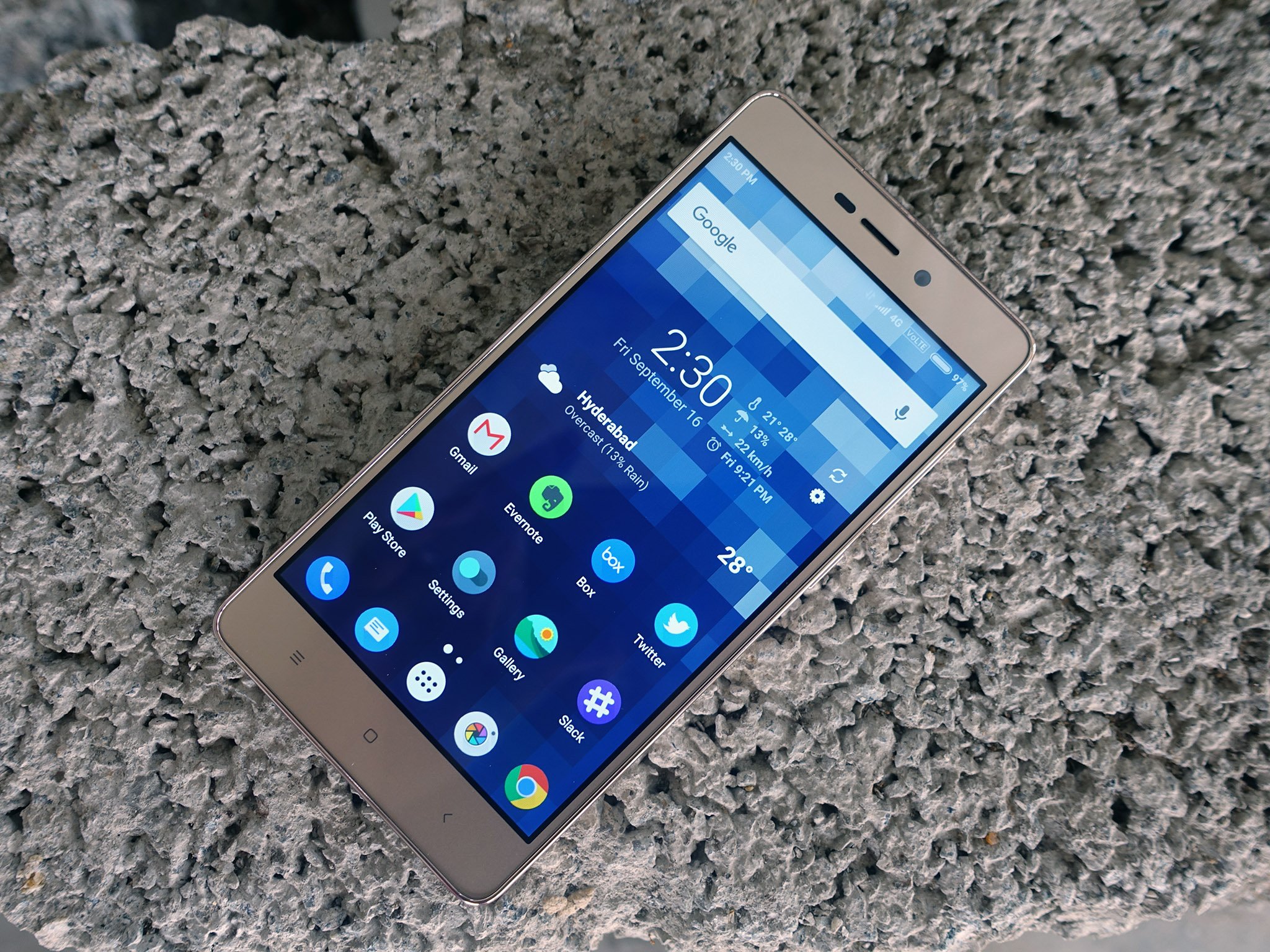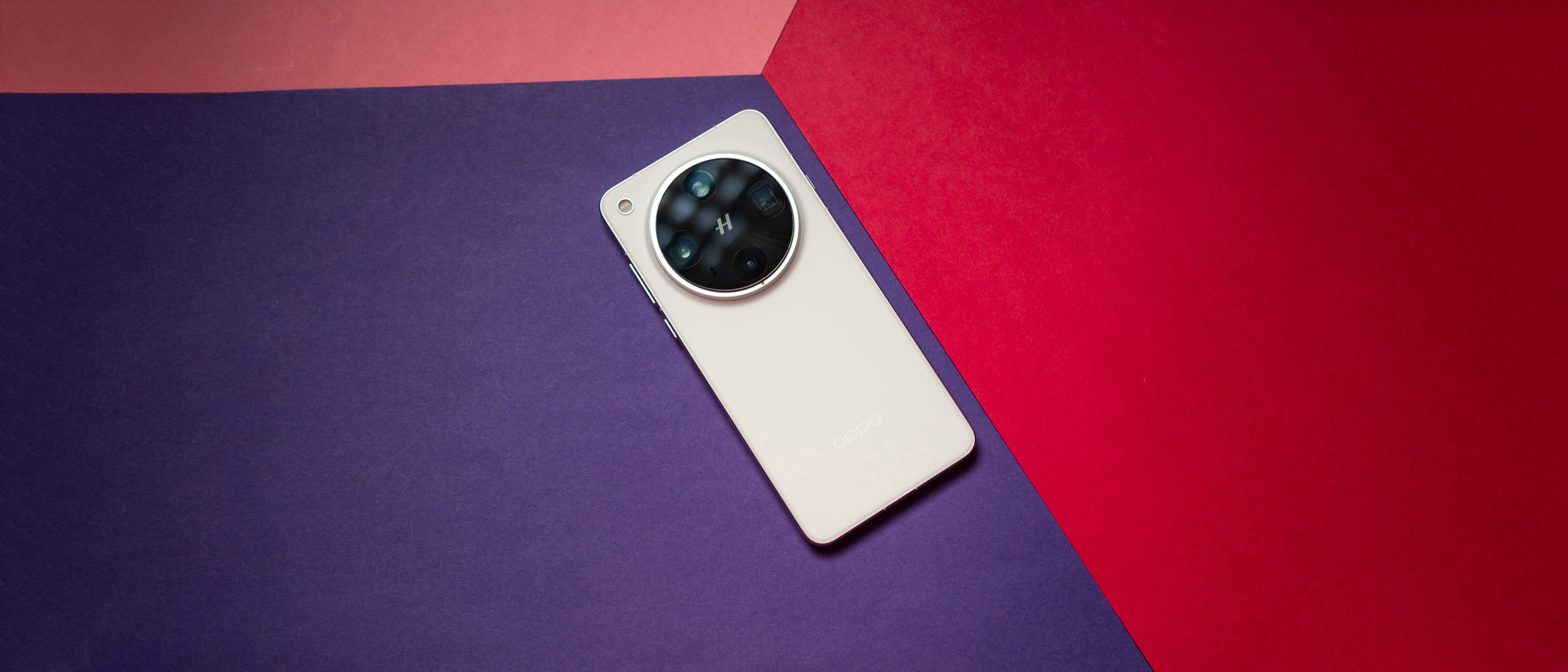Quick take:
Xiaomi redefined the entry-level segment in 2014 with the Redmi 1S. Two years later, the brand is at it once again with the Redmi 3S. The phone offers a metal chassis, Snapdragon 430, and a massive 4100mAh battery that will last at least two days on a full charge. Combine all of the above with a price that's nearly half of that of the budget Moto G4, and you get an inkling of what Xiaomi is trying to achieve with the Redmi 3S.
The good
- Excellent performance
- Class-leading battery life
- Metal chassis
- Great value for money
The bad
- Software niggles
- Camera strictly average
- Availability issues
Let's do this
Xiaomi Redmi 3S Full review
Since the launch of the Redmi 1S, competition has intensified in the entry-level category, with the likes of the Moto E, Android One handsets, and other Chinese companies joining in. Xiaomi was able to successfully hold off other manufacturers in this segment on the merits of its products, which at the time offered unmatched value for money. After a lackluster 2015, Xiaomi is back to its ways of old, offering stellar products at wallet-friendly prices. But the competition has similarly matured, and now we have Lenovo's Vibe K5 Plus and a smaller version of the Moto G4 Plus dubbed the Moto G4 Play available for under ₹10,000 ($150). Then there's Samsung, which was somehow able to convince over 13 million customers to buy its thoroughly underwhelming Galaxy J2 2016.
The stakes for Xiaomi are higher than ever before in India following a downturn in market share in its home market. This year, we've seen the company succeed in the budget segment with the ₹11,999 ($180) Redmi Note 3, which became one of the best-selling phones in the country. However, the Mi 5 lost out to the arguably better OnePlus 3 in the mid-tier segment. And the 6.44-inch Mi Max, which is aimed at customers interested in watching multimedia on the go, serves a niche category.
The Redmi 3S is being offered in two variants: a base model with 2GB of RAM and 16GB storage that retails for just ₹6,999 ($105), and a Prime version (which we're testing) that has 3GB of RAM and 32GB storage for ₹8,999 ($135). Let's find out if the phone has what it takes to cement Xiaomi's position in the budget segment.
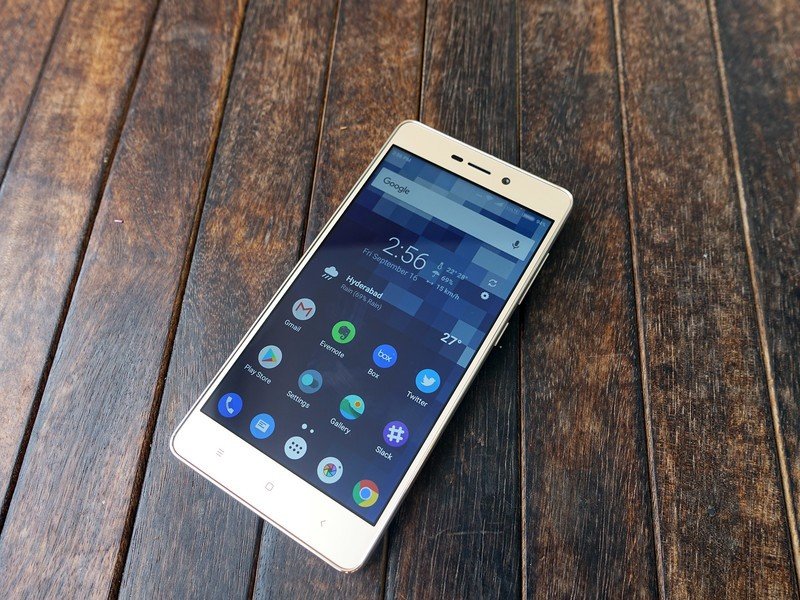
All that you want
Xiaomi Redmi 3S Specs
| Category | Features |
|---|---|
| Operating System | MIUI 7 based on Android 6.0.1 Marshmallow |
| Display | 5-inch 720p (1280x720) IPS LCD panel294 ppi pixel density |
| SoC | Octa-core Qualcomm Snapdragon 430Four Cortex A53 at 1.4GHz, four Cortex A53 at 1.2GHz28nm |
| GPU | Adreno 505 with Vulkan API clocked at 450MHz |
| RAM | 3GB LPDDR3 RAM |
| Storage | 32GB eMMC 5.1 flash storagemicroSD slot up to 128GB |
| Rear camera | 13MP with f/2.0 lensPDAF, LED flash1080p video recording |
| Front shooter | 5MP with f/2.2 lens1080p video recording |
| Connectivity | Wi-Fi 802.11 b/g/n, Bluetooth 4.1 (A2DP), GPS, GLONASS, FM radioMicro-USB, 3.5mm audio jack, IR blaster |
| Battery | 4100mAh batteryFast charging (5V/2A) |
| Fingerprint | Rear fingerprint sensor |
| Dimensions | 139.3 x 69.6 x 8.5 mm |
| Weight | 144g |
| Colors | Gold, Dark Grey, Silver |
About this review
I (Harish Jonnalagadda) am writing this review after using the Redmi 3S Prime for three weeks in Hyderabad, India. The phone was running MIUI 7 (stable build 7.5.9.0), and did not receive any updates over the course of the review. I tested the phone's VoLTE capabilities on Jio's network, but primarily used Airtel's 4G network.
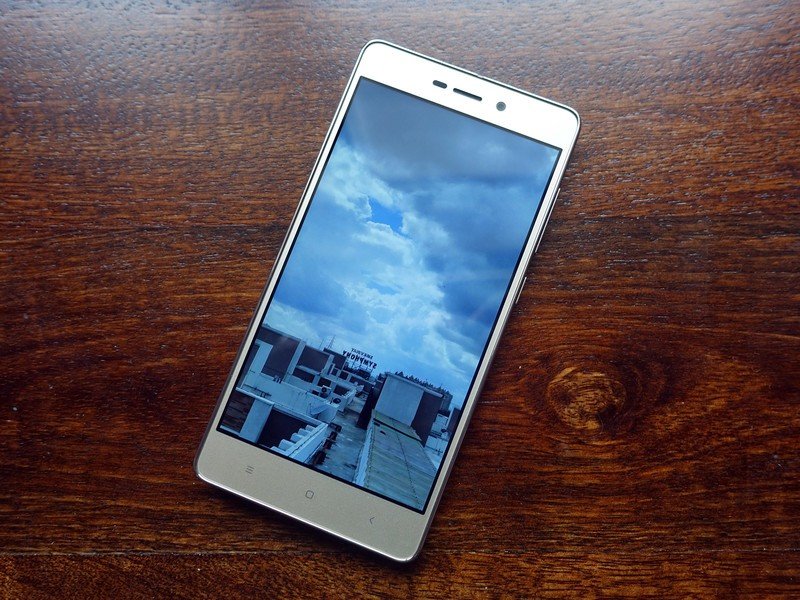
Be together, and the same
Xiaomi Redmi 3S Design and screen
After varying its designs significantly over the last few years, Xiaomi has settled on a design aesthetic for its budget phones. The Redmi Note 3 introduced this new philosophy earlier this year, and the Mi Max and now the Redmi 3S have successfully built on that model. Placed next to each other, it's easy to see that all three phones share a similar design, with subtle changes in the sensor placement.
When it comes to the Redmi 3S, we're looking at a fingerprint sensor at the back (on the Prime version), an aluminum chassis with plastic antenna bands at the top and bottom, power and volume buttons to the right, and a loudspeaker at the back. The placement of the speaker grille isn't ideal, but otherwise the Redmi 3S is a well-designed and well-built handset for its price. The weight distribution of the phone is perfect, and the rounded edges at the back allow the phone to fit snugly in your palm. The massive 4100mAh battery helps to a large extent in this regard, as nearly half of the back portion of the phone is taken up by the battery.
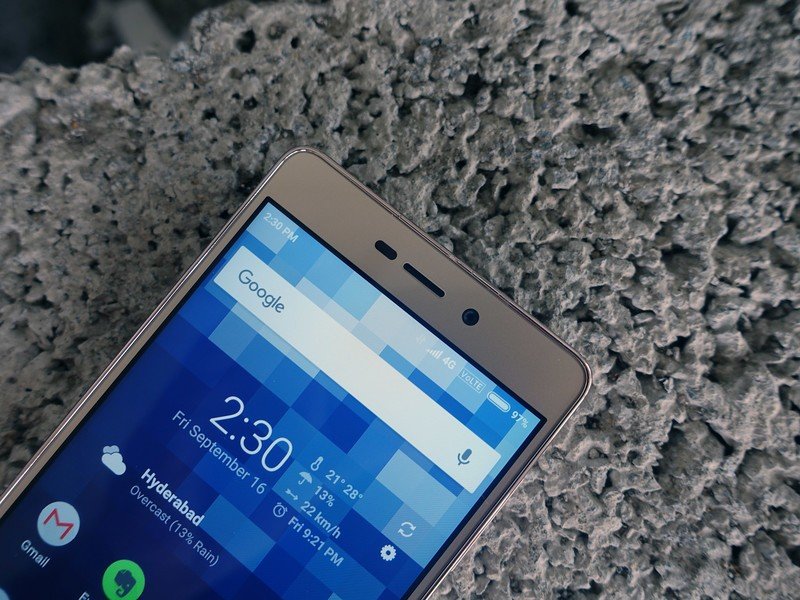
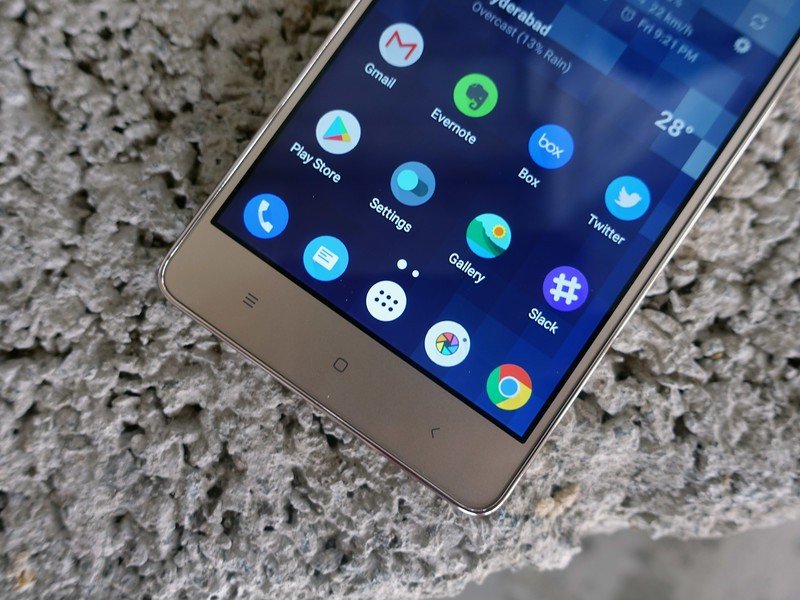
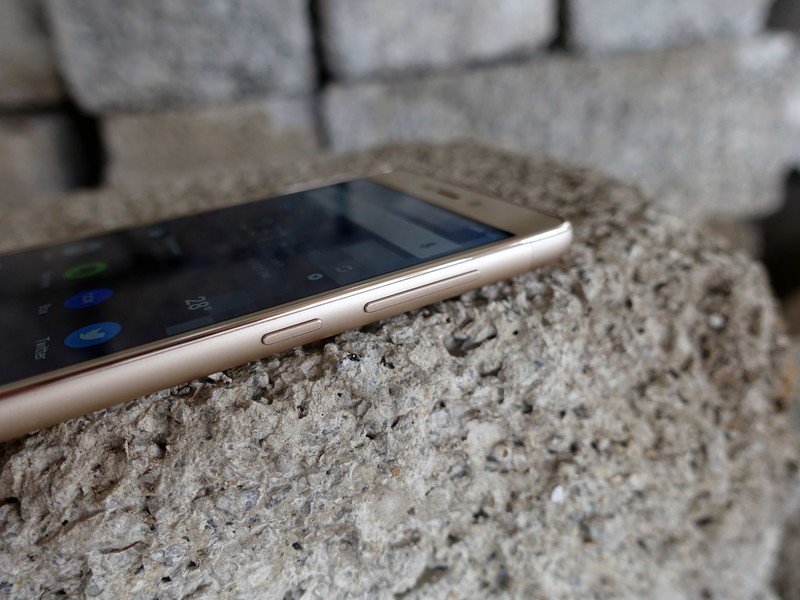
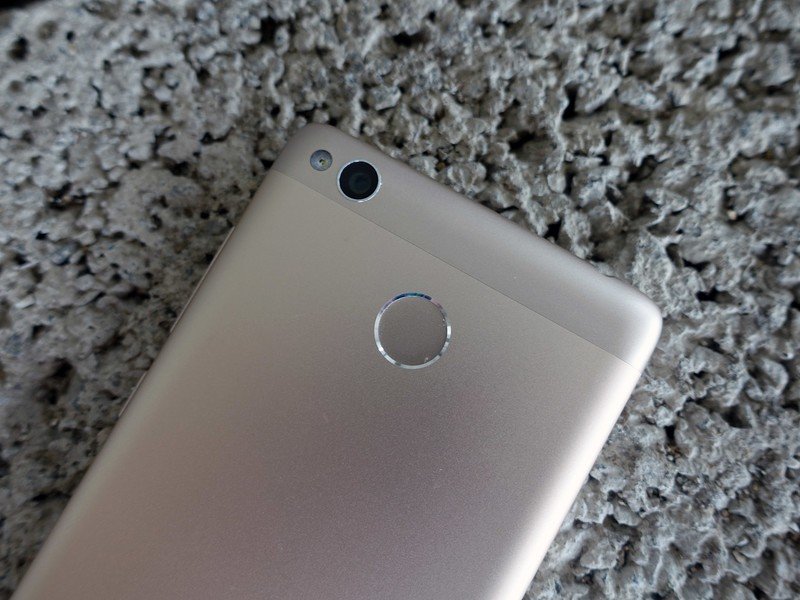
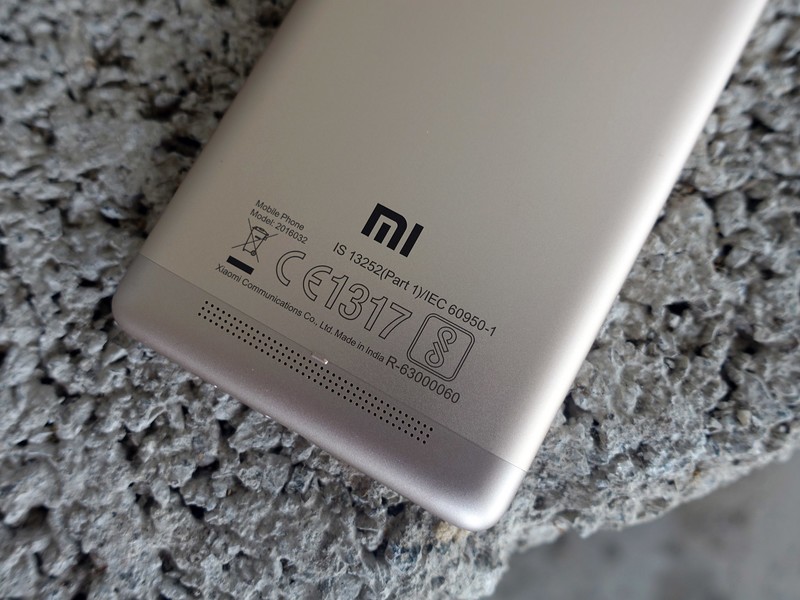
The Redmi 3S has a chrome trim that encircles the front of the phone, albeit one that's more pronounced than the Redmi Note 3. The trim is designed to protect the screen in case of tumbles, but its paint is starting to chip off in less than three weeks' of usage. The power and volume buttons offer decent travel and feedback, and in a way are better than the ones on the Mi 5. The back, recent, and home navigation keys are labeled, but they're not backlit. Round the back, the fingerprint sensor is perfectly positioned for your index finger. There's a Micro-USB port at the bottom for charging the phone, and a 3.5mm jack at the top along with an IR blaster.
If you're in the market for a 5-inch phone that fits comfortably in your hand, look no further.
The dual SIM card slot has a metal base to hold the SIM cards securely in place, much like what we've seen on the HTC 10. The primary SIM takes a micro-SIM, which looks out of place in a nano-SIM world. If you're going to use the phone with a single SIM, you can use your nano-SIM in the secondary SIM slot without any issues, as both slots offer 4G. Note that the secondary SIM slot doubles as a microSD slot, so if you want to expand storage, you'll have to stick to the primary SIM slot.
When it comes to the overall design, Xiaomi has delivered a phone that feels much more upmarket when compared to other handsets in this segment.
The 720p panel on the 5-inch Redmi 3S isn't the most dense in this segment, but with a pixel density of 294 ppi, it is more than adequate. What the screen lacks in resolution it makes up for in brightness and color accuracy. Even though Xiaomi's hardware-based Sunlight Display mode isn't available, you're not going to have any issues with readability in bright conditions. As is the case with all Xiaomi phones, viewing angles are excellent, and colors look punchy without coming across as oversaturated. The colors gravitate to the cooler side, but the phone lets you tweak the color temperature and saturation to your tastes. There's also a Reading Mode that adds a warm filter to the screen, eliminating blue light and making it easier to read text in low-light.

Smooth AF
Xiaomi Redmi 3S Hardware and performance
Xiaomi scored several firsts in the Indian market: the company was the first to launch a phone with a Snapdragon 650 SoC in the Redmi Note 3, and the Mi 5 was the first to offer the Snapdragon 820 in the country. The Redmi 3S marks the debut of the Snapdragon 430, which brings a lot of new features previously limited to the mid-tier segment down to the budget category.
The Snapdragon 430 features an octa-core CPU made up of eight Cortex A53 cores (four cores clocked at 1.4GHz, and four clocked at 1.2GHz), and marks the debut of the Adreno 5xx series of GPUs in the entry-level segment. The SoC is built on the same 28nm node as its predecessor, but the introduction of the Adreno 505 makes a difference when it comes to playing games. The GPU includes support for OpenGL ES 3.1, OpenCL 2.0, Direct3D 11.2, and the Vulkan API. What it boils down to is that on the Redmi 3S, visually-intensive games like Modern Combat 5: Blackout, Asphalt 8, and N.O.V.A. 3 look better and run smoother. For several years now, the tradeoff with budget phones has been underwhelming performance, particularly when playing games, and the Snapdragon 430 addresses that deficiency. If you're looking for even more oomph, the Adreno 510 GPU on the Snapdragon 650 — which powers the Redmi Note 3 — is significantly better.
We've seen companies get away with not including basic sensors on their phones, but that isn't the case on the Redmi 3S. The phone has an ambient light sensor, proximity sensor, gyroscope, digital compass, accelerometer, and even an IR blaster that lets you control your TV, air conditioner, or AV unit (more on that later).
The Redmi 3S offers excellent hardware for its asking price.
For its asking price of ₹8,999, you get a lot of phone. The Redmi 3S Prime has 3GB of LPDDR3 RAM and 32GB eMMC 5.1 flash storage, a hybrid microSD slot, Bluetooth v4.1, GPS, 13MP camera, 5MP front camera, and a massive 4100mAh battery. Wi-Fi connectivity is limited to 2.4GHz, and the Indian SKU only has the three LTE bands that are currently used by carriers in the country: band 3 (1800MHz), band 5 (850MHz), and band 40 (2300MHz). The three bands ensure that the phone works on all 4G providers in India, but you won't be able to use the phone in another region. The Redmi 3S has VoLTE as well, which works just fine on Jio.
Even though the Redmi 3S is a handset aimed at the budget segment, you won't face any lags or slowdowns in everyday usage. The phone is remarkably adept at switching between various apps, but that comes at a cost. The phone's memory management is very aggressive, and background apps are routinely killed to conserve battery life. Even in situations where you have more than 1GB of RAM available, services running in the background are often disabled.
The fingerprint sensor is quick to recognize your fingerprint, and it works even when there's moisture on the finger. Call quality is great, but the loudspeaker's location isn't ideal for carrying out hands-free calls. The speaker itself is loud, but place it on a surface and all incoming notifications and calls will be severely muffled. I missed several calls over the course of the month as a result.
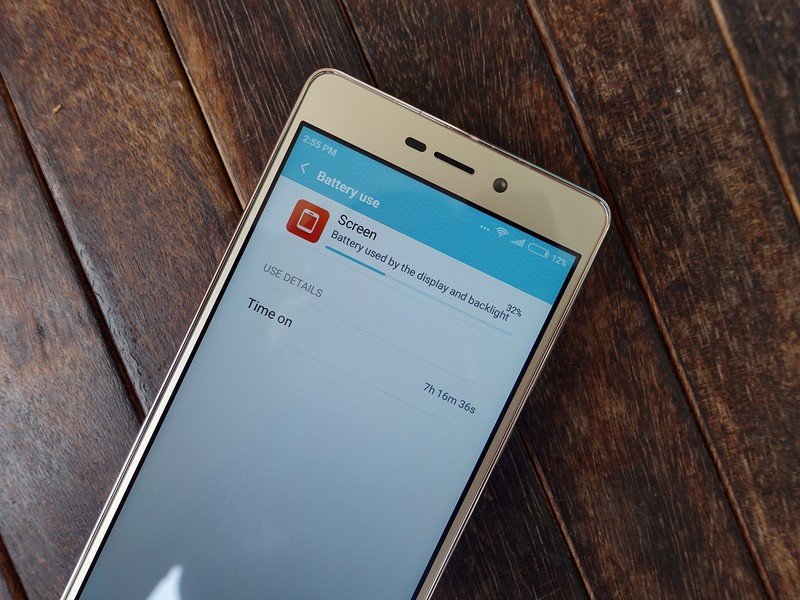
Lasts long. Really long.
Xiaomi Redmi 3S Battery
The 4100mAh battery on the Redmi 3S is nothing short of incredulous. The combination of a 720p display, aggressive memory management, energy-efficient Snapdragon 430, and a massive battery has allowed Xiaomi to deliver a handset that offers two days of battery life without any hassles.
The Redmi 3S has an amazing battery life with 6 hours screen-on time on average.
The phone blows every other handset I've used out of the water when it comes to battery life. I regularly saw close to six hours of screen-on time spread over two days of heavy usage, and there were days where I got nine hours of screen on time. During the launch of the phone, Xiaomi global VP Hugo Barra talked about how testers from the Mi community were able to get 15 hours of screen-on time from the handset on a full charge. I was skeptical at first, but after using the phone for three weeks, I'm ready to change my stance. The Redmi 3S sets the benchmark for battery life in this segment.
The Snapdragon 430 supports Qualcomm's Quick Charge 3.0, but Xiaomi hasn't implemented it on the phone. You do get fast charging at 5V/2A through the supplied charger, which takes over two hours to fully charge the phone.
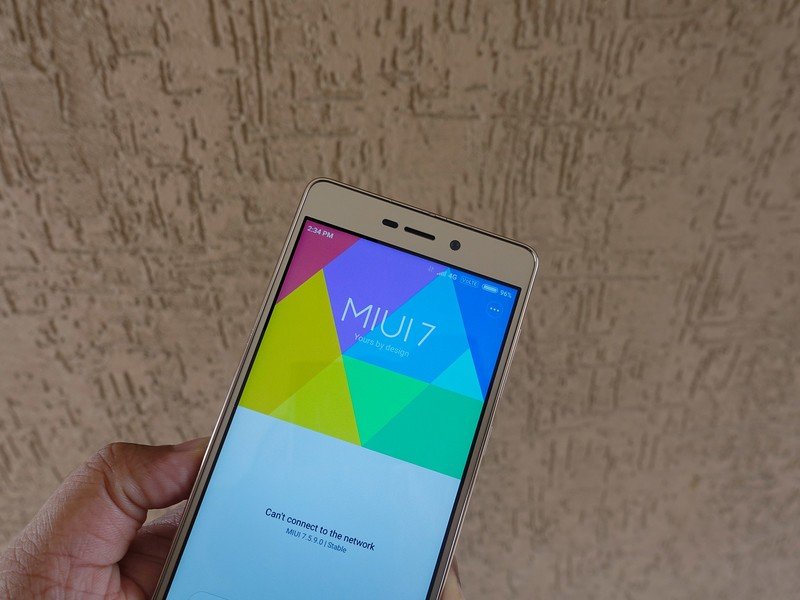
Quirky is the new stable
Xiaomi Redmi 3S Software
The Redmi 3S runs MIUI 7 based on Android 6.0.1 Marshmallow with the July security patch. The OS is much more stable than what I've encountered on the Mi 5 earlier this year, and the upcoming MIUI 8 update will bring a slew of much-needed features. I'm running the latest version of the OS on my Redmi Note 3, and cannot wait for the update to make its way to the Redmi 3S.
Until that time, however, you'll have to live with the niggles. When you set up the device for the first time, there is no option to restore apps from an earlier device, so your only resort is to proceed to the Play Store post initial setup and install apps individually. It isn't a big deal if you use a limited set of apps, but if you're like me and have 192 apps installed on your phone, it becomes a hassle.
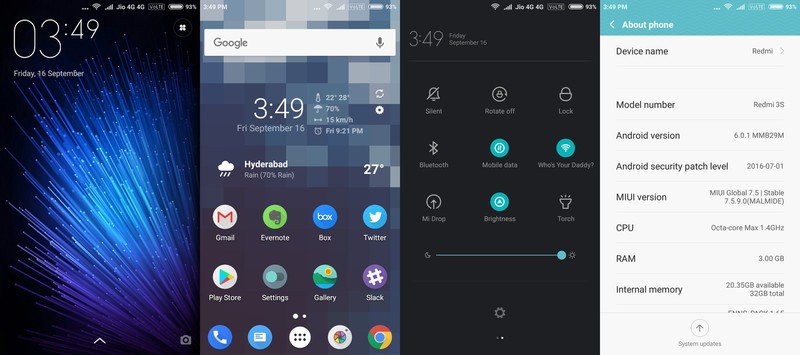
Furthermore, there's no way to interact with notifications from the lock screen, and the notification shade itself hasn't undergone any major changes from the KitKat era. The icons are inconsistent, and overall the operating system lacks cohesion. You're also missing out on Google's Now on Tap, and the security permissions need to be reworked.
Until MIUI 8 comes along (which should be by the end of September), your best bet to managing the clunky UI is to install a third-party launcher like Nova and a custom icon pack (I like Dives).
The issues with the interface are skin-deep, and once you have a third-party launcher, things start to look much better. MIUI offers a ton of customization options, and you can easily spend an hour exploring all the settings. The OS is feature-rich as well, offering Child Mode, Guest Mode, and an App Lock service that lets you secure content behind a password. Don't want anyone prying into your images? Locking the gallery app will ensure that only you have access to it. If you don't want to key in a password all the time, you can also use the feature in conjunction with the fingerprint scanner. App Lock is accessible from the Security app (the shield icon at the top right corner).
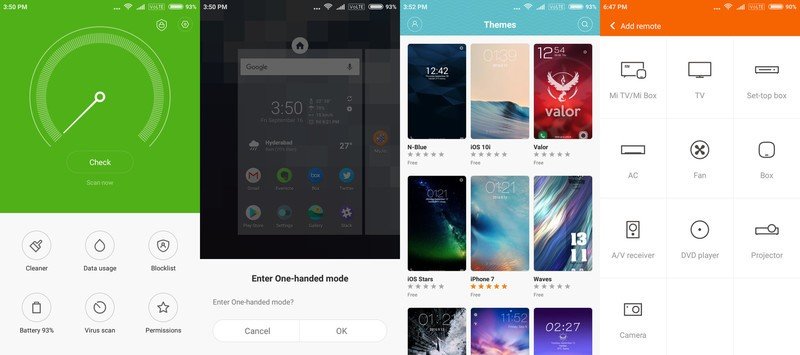
The Redmi 3S is a compact device, but should you have difficulty reaching the length of the screen, MIUI's excellent one-handed mode is intact. The feature shrinks the screen size down to 4.0 inches or 3.5 inches, making the phone more manageable. All you need to do to enable one-handed mode is swipe left to right across the navigation buttons.
Xiaomi has put in a lot of effort to offer localize MIUI services, and that is evident with the Mi Remote app. The app works with the infrared sensor to control your AC, A/V unit, TV, and so much more. The feature in itself isn't noteworthy, but the number of devices the app is compatible with is staggering. To give you an idea of just how many brands are listed, it takes about six seconds to continually scroll through the list of TV manufacturers the app supports.
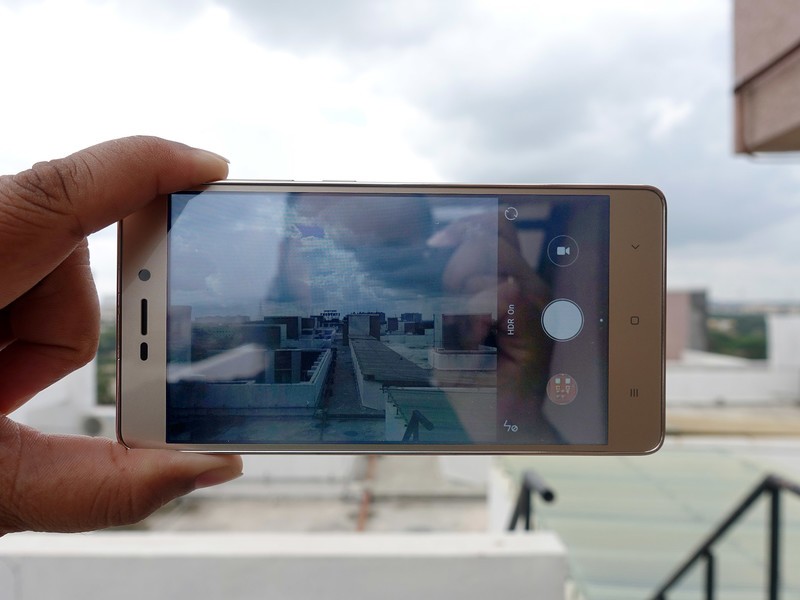
Hit and miss
Xiaomi Redmi 3S Camera
The Redmi 3S offers a rear 13MP camera with f/2.0 lens and PDAF. The camera produces decent images in bright conditions, although dynamic range is very limited. That's easily fixed by enabling HDR, but doing so leads to lengthy shooting and processing times. It takes a few seconds for a photo to save to the phone's gallery, and more often than not I found that the autofocus was too slow to dial in on a subject.
In low-light conditions, you'll find yourself shooting a series of photos in the hope that one of them turns out semi-decent. Lack of OIS and dual-tone LED flash means that you're better off shooting images during the day. After wasting an infuriating amount of time trying to get good images in low-light conditions, the best advice I can give is to not bother with the phone's camera at all when it's dark. Live in the moment, or something to that effect. These are the eight non-blurry photos I managed to take over the course of the review.
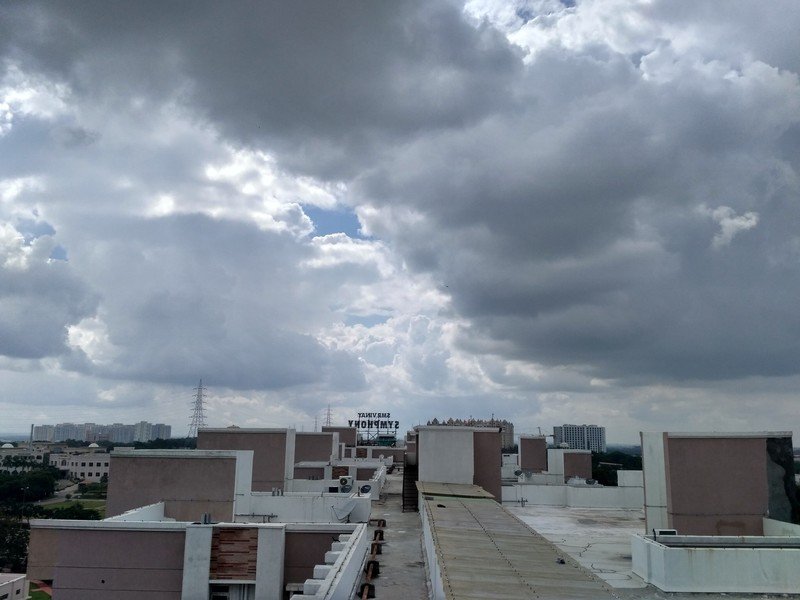
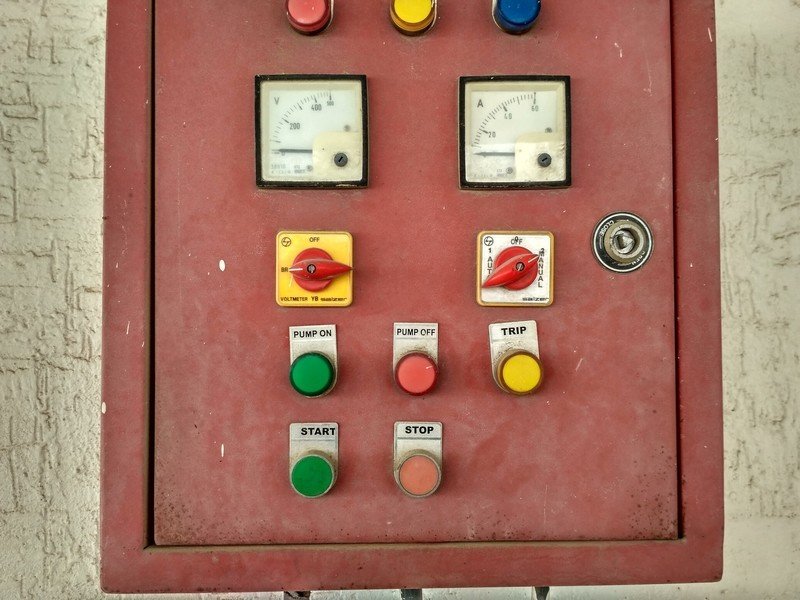
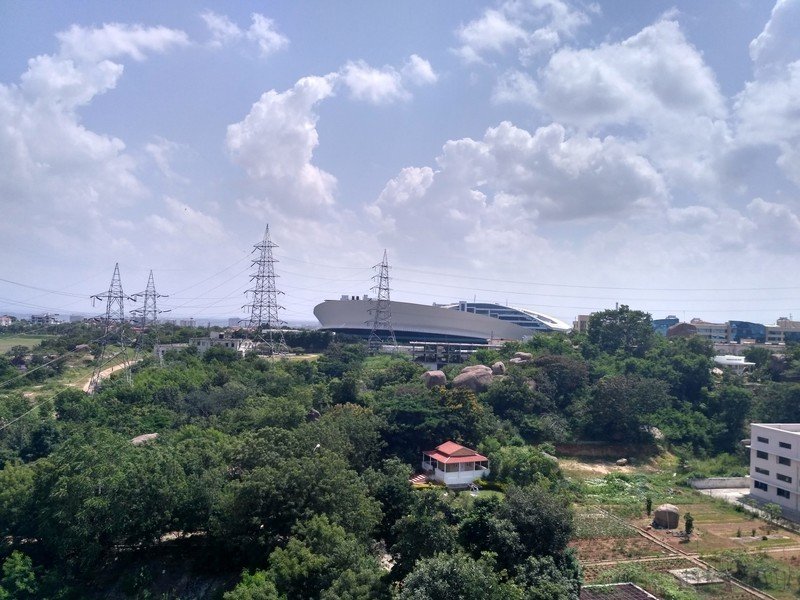
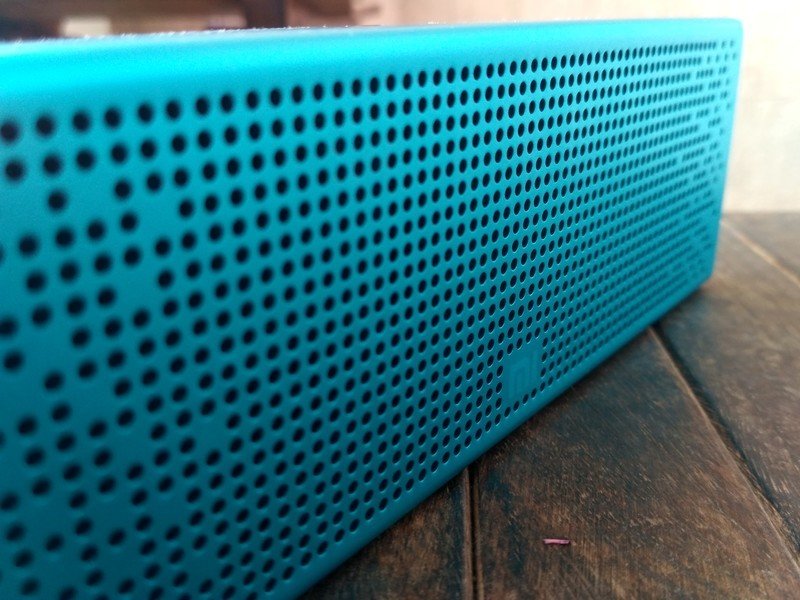
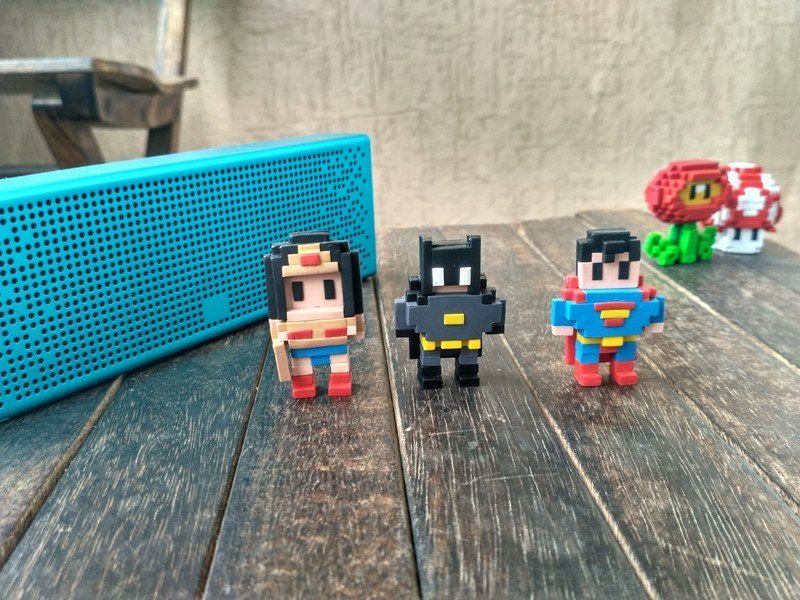


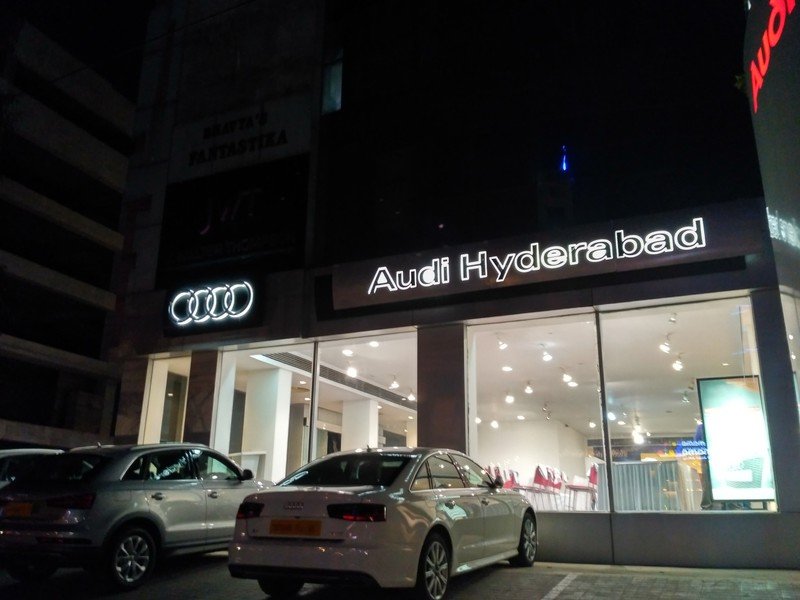
The front 5MP camera is also average, and the fixed-focus sensor lets you take wide-angle shots. It also "guesses" your age as soon as you line up your face in front of the camera. According to Xiaomi, I'm either 24 or 47 years old. The camera app offers a slew of features, including 36 beautify effects, ability to shoot in manual mode (don't bother with that one), and 12 filters with live previews.

Taking the crown
Xiaomi Redmi 3S Bottom line
With the Redmi 3S, you're getting a wonderful handset, and one of the very few budget phones that delivers on its promises. Featuring an excellent display, metal chassis, powerful hardware, and class-leading battery life, the Redmi 3S stands above all others in the entry-level segment, which is quite a feat considering the sub-₹10,000 category fields excellent products.
The camera isn't as good when compared to the rest of the handset, and you'll have to wait a while to get the much-improved MIUI 8 update. But those are minor niggles in what is an otherwise stellar product. Xiaomi produced a hit in the Redmi Note 3, and the Redmi 3S is a continuation of that success story.
Shut up and take my money
Should you buy it? Definitely
The standard Redmi 3S at ₹6,999 is great in and of itself, but if you're looking for added storage, the convenience and added security of a fingerprint scanner as well as 3GB of RAM, the Redmi 3S Prime at ₹8,999 is an excellent proposition.
That said, the main competitor for the Redmi 3S is the Redmi Note 3, which is priced just ₹1,000 more at ₹9,999 for the model with 2GB of RAM and 16GB storage. The Redmi Note 3 has a 5.5-inch Full HD display, a beefier Snapdragon 650 SoC, a 16MP camera, and a 4000mAh battery. The variant with 3GB of RAM and 32GB storage costs ₹11,999.
Availability is also a factor, as the Redmi 3S is sold via weekly flash sales. Meanwhile, the Redmi Note 3 is available on general sale on Amazon and Flipkart. In the end, it comes down to what you want from a phone. If you're on a tight budget or are looking for a compact handset, the Redmi 3S is a better fit for you. Just know that you'll have to go through the rigmarole of flash sales to get your hands on one (at least for now). If you need a phone right now and don't mind spending an additional ₹3,000, then the Redmi Note 3 is highly recommended.

Harish Jonnalagadda is Android Central's Senior Editor overseeing mobile coverage. In his current role, he leads the site's coverage of Chinese phone brands, networking products, and AV gear. He has been testing phones for over a decade, and has extensive experience in mobile hardware and the global semiconductor industry. Contact him on Twitter at @chunkynerd.
